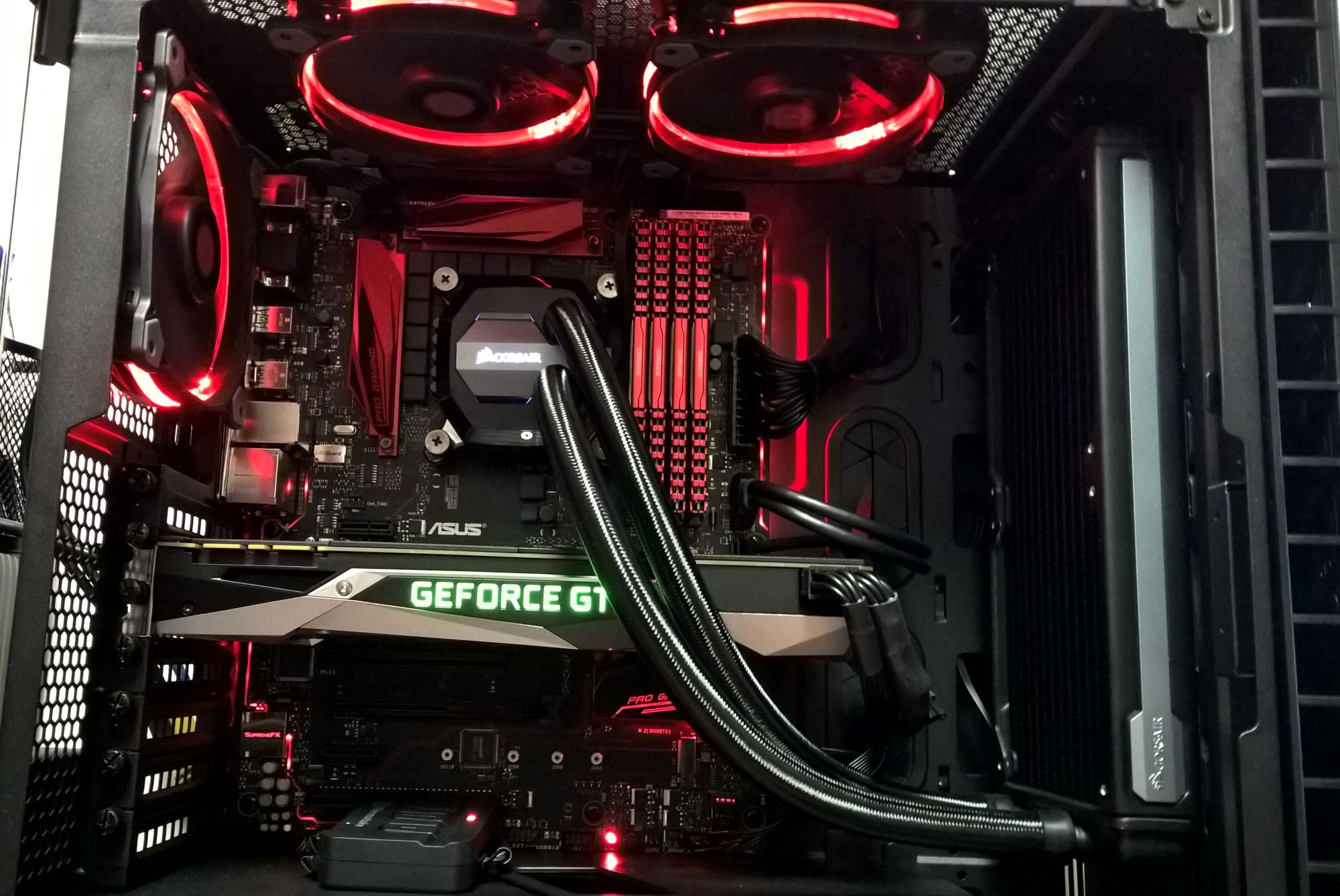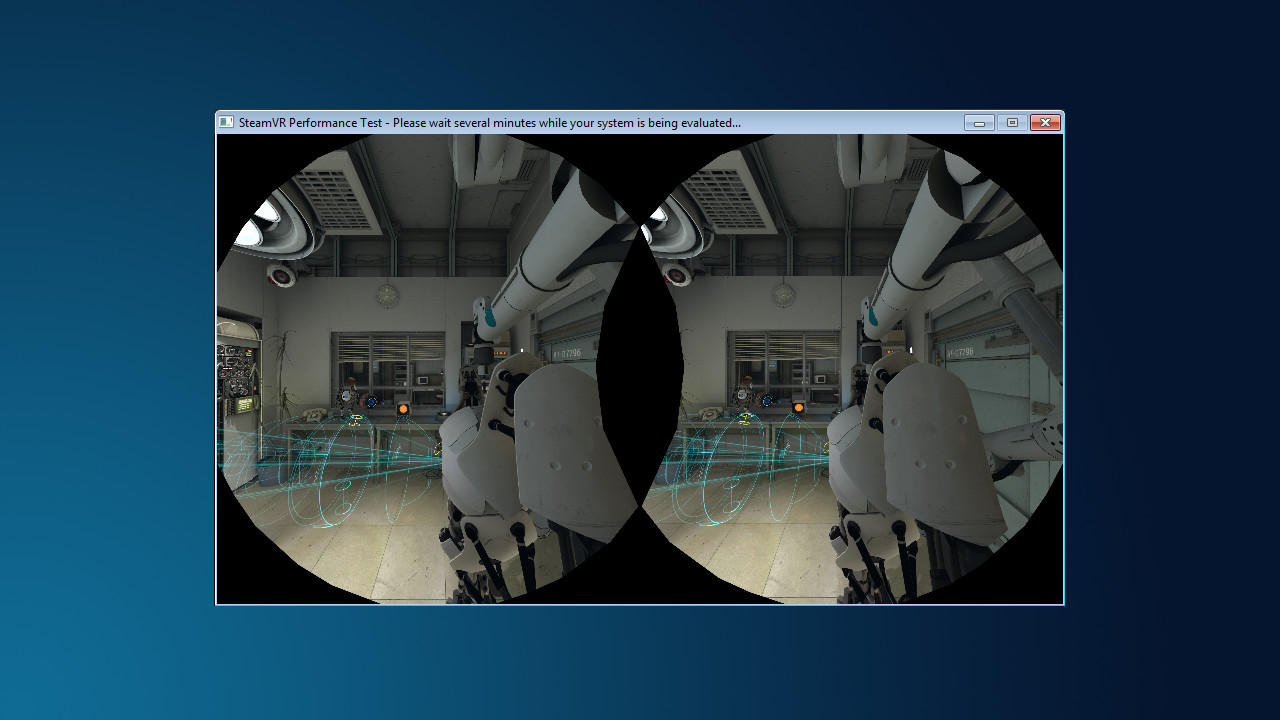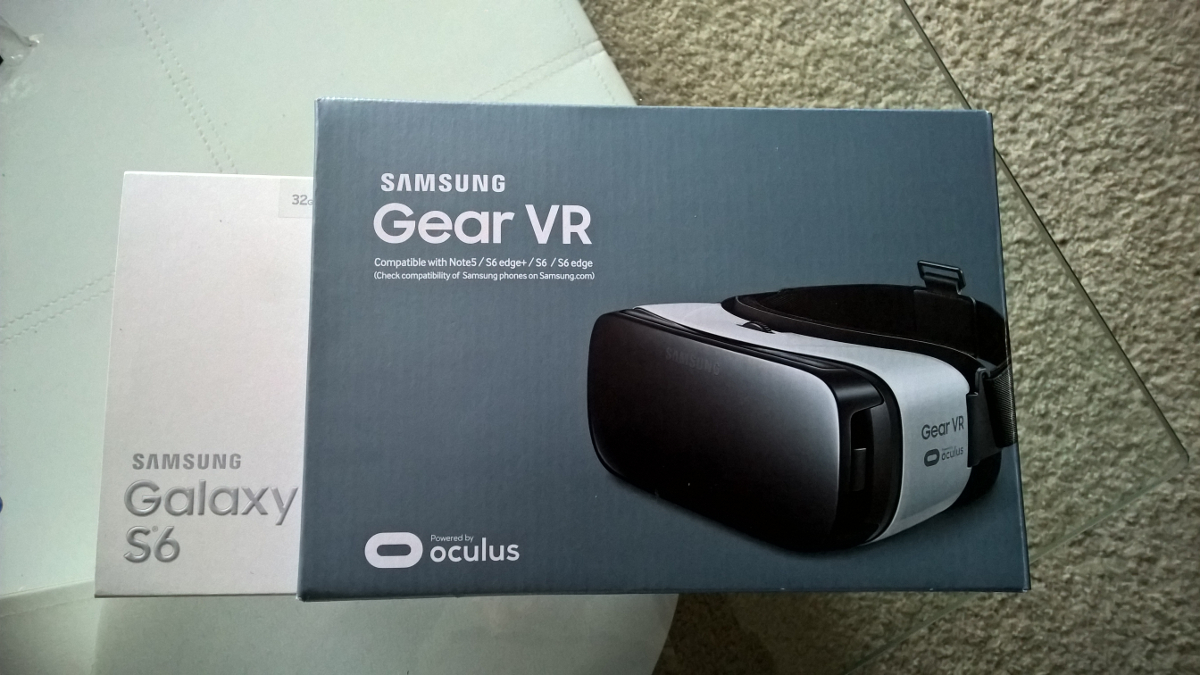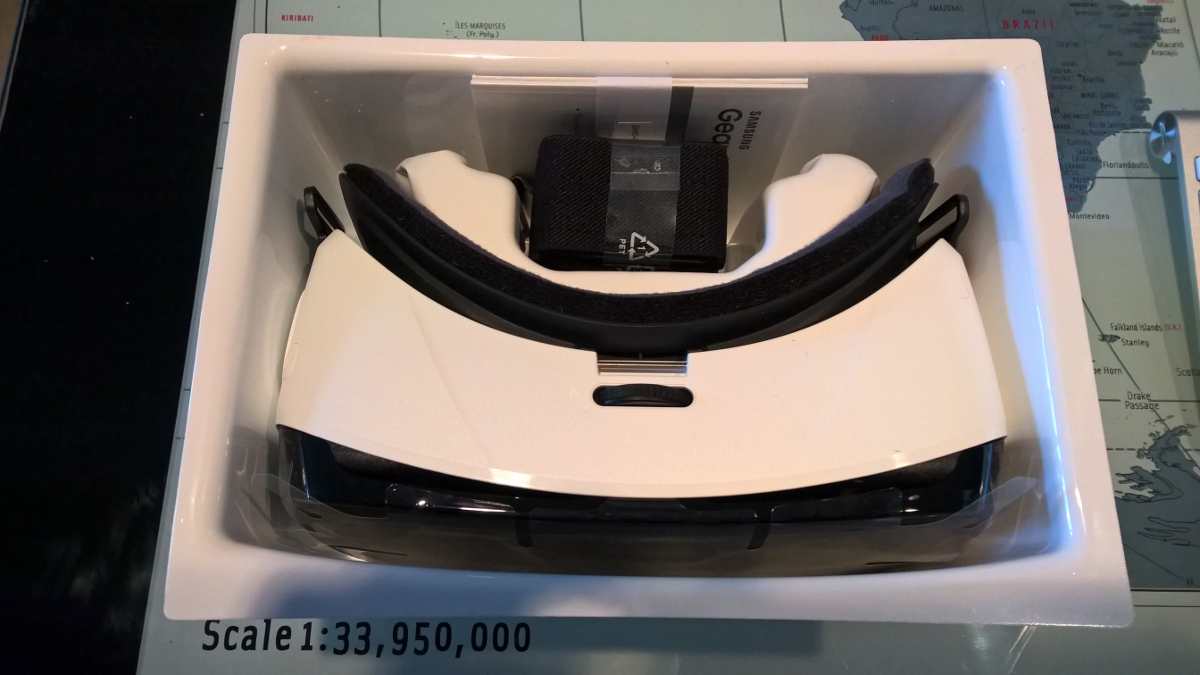Category Archives: Opinion
This is so very strange

I recently built a new PC, and decided I wanted some flash to go along with it. I put in a motherboard and fans that have some LED elements, and kept the inside to a generally red theme. The nice thing is, the fans are RGB so I can switch them to any color I want, or even have them cycle through colors. No functional application, but nifty to look at.
I’ll be doing a video walkthrough of it soon, but here’s a picture to hold you over until then. And yes, that’s a reference GeForce 1080. It’s by Zotac, a brand I’ve never dealt with before, but it seems to be doing fine so far. Of course, it’s only an office machine.
Enjoy the Internet while you can

This has been in the cards for a long time, but ICANN, the Los Angeles-based organization that has its fingers in many aspects of how the Web operates, will no longer be managed by the United States, but – according to this article in the Washington Post – by “an international body made up of technologists, businesses, governments and public interest advocates.”
This is a mistake. While I don’t have an inherent problem with a nebulous international body overseeing the continued development of the operation of the Web, what I DO have a problem with is that this will allow oppressive regimes who have no interest in freedom of expression or the open standards and ideas that the Web is built upon, and they could very well turn back the Internet clock, as it were.
I’m not being facetious when I say this could change the way the Web works forever. It could cease being the glorious, anachronistic Wild West that it always has been, and instead be regulated according to the demands of those who wish to stifle it and the free exchange of information it represents. Some governments, who have expended huge amounts of money and effort to limit what their citizens can see on the Internet, have been salivating over this moment for decades; we can all imagine why.
You’ll notice on page six of the transition assessment (.pdf here) states “This model encourages all parties—including businesses, technical experts, civil society, and governments—to participate and to reach consensus through a bottom-up process.” The problem is, governments will have ultimate decision-making capabilities and will overrule other stakeholders. I’m astounded there is not more attention being paid to this, or that the news isn’t covering it and, frankly, that people aren’t rioting. If they’re so willing to riot over the G20, which is *also* a multinational gathering – why not this? We should be very careful about who has influence over the future growth of the Web.
So enjoy the Web while you can, it could be changing soon.
My experience with the HTC Vive so far
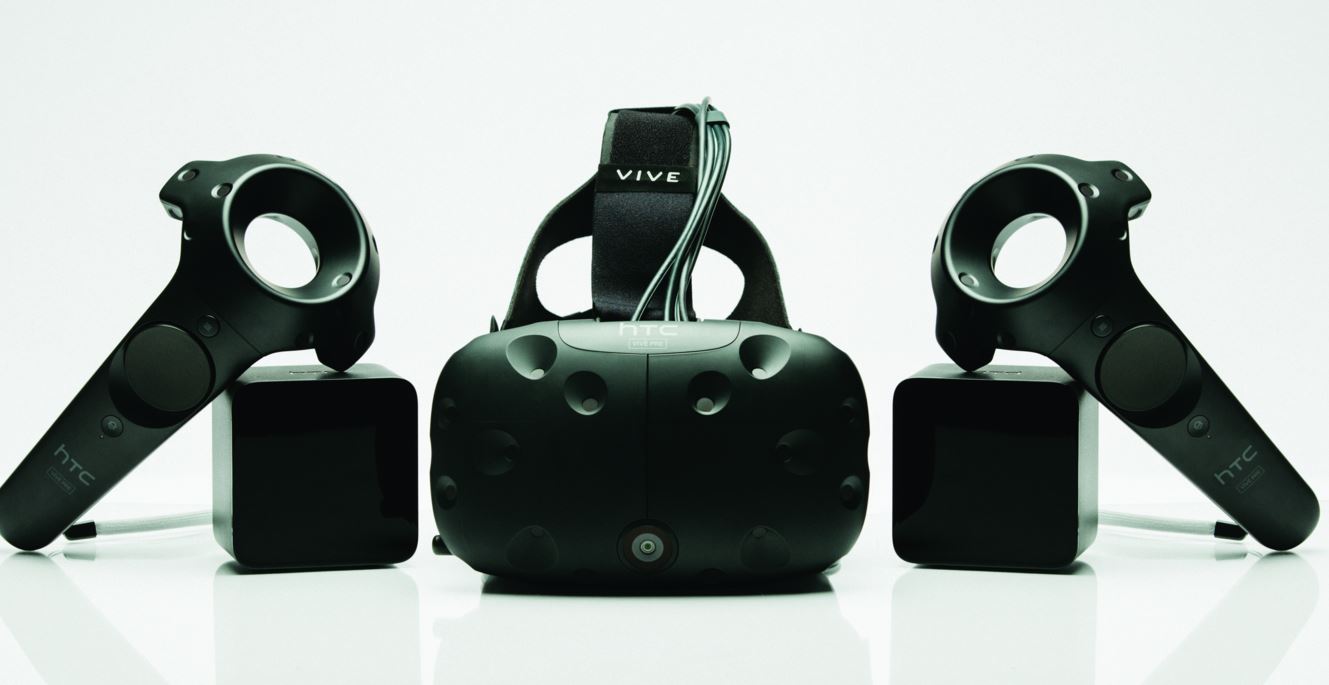
(Crossposted to theexperiencebar.com)
As anyone who reads this blog, or knows me, knows, I went nuts for VR when I tried out the HTC Vive last year. Now, I’ve had my very own Vive for about a week and can offer some opinions regarding where VR is, and where I believe it will be going.
The first thing I should mention is that just getting it was an experience. I received my original confirmation email 14 minutes after ordering, but it didn’t arrive until April 14th. Of course, I was in class that day and missed it, and since it required a signature from me (they couldn’t leave it at the front office like usual, HTC paid extra to ensure my specific signature), I had to go pick it up from the FedEx office.
Finally I got it home, a single big box, and was ready to unpack.
The end of a Vegas institution?
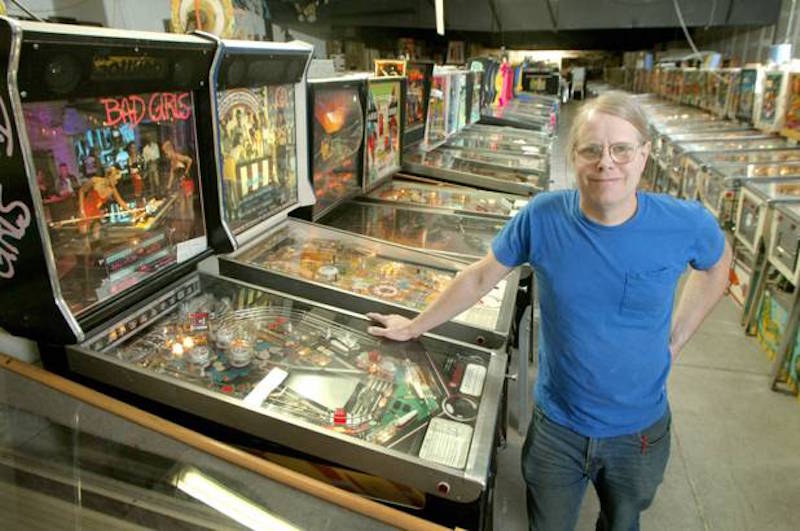
Back around 2012, at UNLV, I taught a course titled “The Business and Technology of the Video Game Industry.” It covered a whole lot of history, from early board games played by ancient civilizations (Go, Royal Game of Ur, Mancala, Senet), as well as the history of digital gaming from Willie Higginbotham’s Tennis for Two at Brookhaven National Laboratory, to Atari and the forming of Activision, through to today.
We also talked about pinball. We talked about its image as something rebellious, highlighted by it being the anchor of the Who’s epic movie, Tommy, and its portrayal in popular media as the cause of all evil, to the implosion of the industry against the competition of home video game systems.
On the last day of the class, we took a field trip to the Pinball Hall of Fame and Museum, a stalwart icon of Vegas, and a non-profit museum that donates hundreds of thousands of dollars annually to good causes. You could even intern there to learn the art of repairing and maintaining pinball machines. I gave everyone one dollar to be sure they could try at least one machine, but of course they were welcome to spend their life savings if they so wished. It is Vegas, after all.
The museum is a wonderful place. Sometimes dark and quiet, but often ringing with the glorious electronic sounds of pinball as well as the familiar noises of classic arcade machines, from Pac-Man to Asteroids and beyond. There’s even air hockey and some dancing puppet machines.
And a couple of days ago, I learned it may be closing for good. Owner Tim Arnold, who has repaired some of my own pinball machines including the very difficult to maintain Bride of Pinbot suffered a heart attack a few years ago and is now looking for osmeone to take over. But there are caveats, hoo boy are there caveats – you have to be able to repair the machines, and because it’s a non-profit you have to work for free.
If you were paying a million dollars a year you’d still have trouble finding someone with the skillset to repair those machines; their electro-mechanical nature and the fact that neither they nor their parts are manufactured anymore makes them very challenging to maintain.
If this closes, it will be an immeasurable loss. It is often identified as one of the best off-strip things to do in Las Vegas, and it isn’t that far away from the flashing lights, and anyway, it provides its own. Pinball itself is fast becoming a lost craft, although some companies like Stern still kick out themed machines.
If you have the opportunity, please visit before it’s gone forever. They’re hard to find, but they’re unforgettable to experience. And if by some grace of G-d you’re skilled in pinball repair and willing to work for free, well you should stop by in that case too.
Internet is capitalized!

I always hammer home to my students that the term ‘Internet’ is capitalized if you are referring to the global network we all know and love. One of my students sent me an email earlier today asking if that was still necessary, since apparently the Associated Press Stylebook will no longer make that requirement, as announced in a tweet (which is not capitalized. At least, not yet).
We will lowercase internet effective June 1, when the 2016 Stylebook launches. #ACES2016 pic.twitter.com/nGz63zc5YP
— APStylebook (@APStylebook) April 2, 2016
They are wrong. Internet is a contraction of the terms ‘interconnected’ and ‘network;’ you can have *an* internet, or you can be talking about *the* Internet. The latter is a proper noun, distinguished from other internets, and should be capitalized. It’s disheartening to see that a well-regarded guide like this is being so misguided.
Of course, they also use ‘lowercase’ as a verb, so I think it’s time to find another style guide.
And while we’re at it, ‘GIF’ is pronouned with a hard ‘G!’ It’s not peanut butter.
Finally!

It seems like I’ve been waiting forever.
I received an email from HTC telling me my Vive order is being processed! Hooray! At last, I can escape this infernal earth (which isn’t a band name, but it should be) and spend my time working a boring corporate job.
Here’s what I received:
I’ve never ordered something that comes with an ‘Alternate Face Cushion.’ UPDATE: I learned after making this post that the email I received was sent to everyone who ordered one, and does not, according to a Vive post on Twitter, indicate anything about the shipping date.
I eagerly clicked on “look up your order online,” anticipating seeing the HTC elves furiously building my machine, however it took me to page in which I could do a ‘quick lookup’ using my email address and the last 5 digits of my credit card number, or my order number and a password.
The thing is, I didn’t recall receiving a confirmation email when I first ordered, no order number or anything, and I had no idea what password they’re referring to.
So I entered my email address and digits of my CC#, and it said ‘Incorrect order # or Password,’ which is weird because I entered neither of those things. I tried again. And again, and again. Nothing worked. It said I could reset my Order Password, but I would need my order number to do that, and I don’t believe I have a password anyway!
UPDATE: After some searching around, it turns out they *did* send me a confirmation email that didn’t come up when I searched my inbox. I had to go through my messages one by one, and it was an email that wouldn’t convert to HTML. So I had to scan through a bunch of HTML and CSS to discover my order number and password (which they sent in the email), and finally got to the status page. it didn’t tell me a whole lot.
What *is* interesting is the statement that they will start shipping in April, and the estimated arrival will be based on the date the shipping notification is received. What it doesn’t say is that those who ordered early should receive them early, and I ordered it the second they became available to do so. Daniel O’Brien, HTC’s VP of VR, clarified on Twitter that April 5th is the day they will start arriving to consumers, not the day they’ll start shipping. I also read that some people received emails specifying orders will start shipping in May, not April, which would indicate they are being very particular about order order. You know what I mean.
In other words, on April 5th or thereabouts (it better be thereabouts, dammit), I’m going to take the next 97 days off. You heard me.
Whenever it arrives, I’ll put up a full unboxing and setup soon after.
Conquering some Psychonauts of my own.

(Crossposted to theexperiencebar.com)
Now here’s a story for you. I was cleaning up my desktop the other day, removing all the now-unnecessary detritus that piles up over the span of a few months – in this case an academic quarter – in the form of icons, folders, file fragments, installers, you know the sort of thing, when I discovered a folder filled with screenshots simply titled ‘Psychonauts.’
It took me a minute to remember why this folder was here, and then I recalled that I had purchased it during a Steam sale, adding it to the 150+ backlog I already had, but this was no ordinary purchase, and this was no ordinary game. It was a test.
I know what you’re thinking: “Uh, Psychonauts was released in 2005. On the Original Xbox. You’re just getting around to it now?” Well, yes and no. You see, completing it wasn’t just a game achievement for me, but a personal one as well. I’ll address that in a moment.
Want to animate the next Futurama?

Now you can!
According to a press release, Toonz, the software used to animate Futurama as well as the highly-regarded Princess Mononoke and one of my favorites, the animation masterpiece Howl’s Moving Castle, will be made open source and free at an announcement during the Anime Japan expo this week. It is a full-featured animation package, that allows for digital animation, or the scanning and animating of paper drawings. That’s what lends to the hand-drawn nature of many of Studio Ghibli’s films, who animated the latter two films I mentioned.
This isn’t the first time this has happened, remember. Renderman, Pixar’s animation software used in all their movies, was made free for non-commercial use a little over a year ago. If you’ve ever wanted to see what goes into this kind of animation, or try your hand at it yourself (it’s not for the faint of heart), then now’s your chance!
Bam!

It’s finally happening! Vive Preorders will start on Feb. 29, and I’ll be there even though ordering one will force me to give up luxuries like food and shelter for a few months. It will be worth it, I’m sure, however one of the lingering issues many people are facing is whether their PC will be powerful enough to drive the hardware for a compelling experience.
That’s a valid question, with HTC themselves providing some recommendations for VR-ready PCs. I have a PC, though, one I almost bankrupted myself to build, so needless to say I was crossing my fingers it would be enough.
Thoughtfully, Valve released a test via Steam that determines if your PC is VR ready. I downloaded it, it ran a neat – if two-screened – version of the Aperture Labs demo from when I tried the Vive back in November, and gave me my results.
VR, here I come!
If you’re interested, here’s what the demo looked like while running (Screenshot taken from Steam store page, although it looked exactly the same on my machine).
A tiny (but expensive) jump into VR

As all my readers know, I am a die-hard proponent of the upcoming VR revolution, and it will be glorious. I thought I could wait for the full-fledged headsets releasing later this year, however after a presentation by a VR company that is partnering with a course I’m teaching, and a demonstration of the latest GearVR headset, I took the plunge.
I went to best buy, got a Samsung Galaxy S and a GearVR, and brought them home. What I had experienced with them already was a fascinating look at current consumer grade VR technology, so I thought it was time to invest, take the plunge, and start experimenting with it on my own.
The process was interesting. First, the phone had to charge, and even with it’s Quick Charge technology it still took about 30 minutes. then, getting the plastic carrier out of the Gear VR box was tough, as it was caught on something. I was worried I would destroy the box or the plastic thing to get it out, but somehow I managed with minimal destruction. It did require carefully manipulating it at both ends of the box, and gentle finagling to finally set it free.

